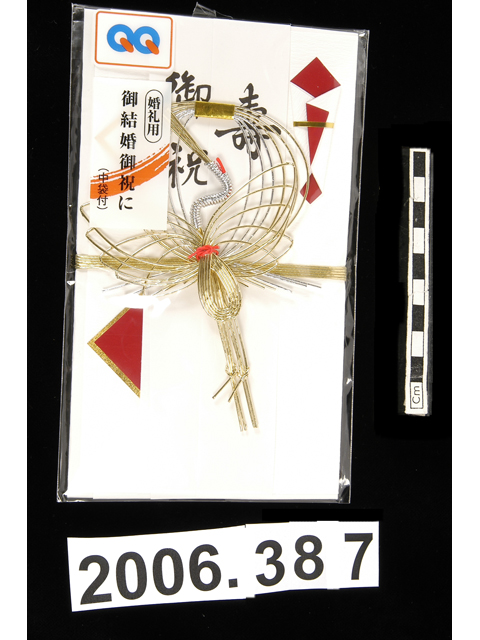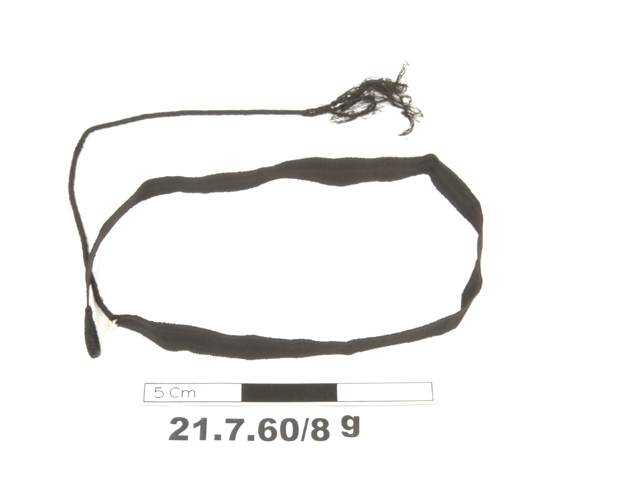Soapstone figure in the style of a nomoli, depicting a central figure surrounded by 7 smaller figures.
This soap stone, or steatite, figure has been carved in the style of a nomoli, but it unusual. Nomolis are thought to have originally represented chief's or group leaders: early encounters with Portuguese traders suggest they predate the fifteenth century. They were later rediscovered during the preparation of land by Mende farmers and reintegrated into spiritual life as figures associated with the power to produce higher rice yields. Nomolis usually adopt a male form, which leads us to question this example which depicts seven smaller figures surrounding one larger central figure. Nomolis became highly sought after by British travellers, traders and colonial administrators during the nineteenth and twentieth centuries, and this example may have been made recently for sale.






